The Ming dynasty is known as the golden age of Chinese furniture design, and its reputation and influence have spread far beyond China. Its era, from the 14th to the 17th century, was one of history’s most orderly, stable and prosperous period, which led to growing towns and cities and, with them, a high demand for quality craftwork.
Ming style fuses the Chinese ideologies of Confucianism and Taoism followed by the literati, and the millennia-old expertise of craftsmen, who saw design as a way to bring about harmony in life by creating simple, precise and elegant designs inspired by the natural world.
In terms of chair design, part of this involved the art of shaping lines, both straight and curved, with the chair back forming a continuous horizon to the curved hand rests to produce an aesthetic known as yuanhun (roundness or wholeness). This can typically be seen in the Ming-style round-back armchair, also known as the ‘basket-back’ or ‘U-back’ chair.
The decorative sceptre is a symbol of power and good fortune, while the floating armrests represent honour. Together with the cube-like base, the chair is also a three-dimensional representation of tianuyan defang, a Chinese cosmological concept meaning ‘round heaven and square earth’.
‘China had been exporting these types of chairs as early as the 17th century. Since then, they have been both appreciated and emulated by leading European designers.’
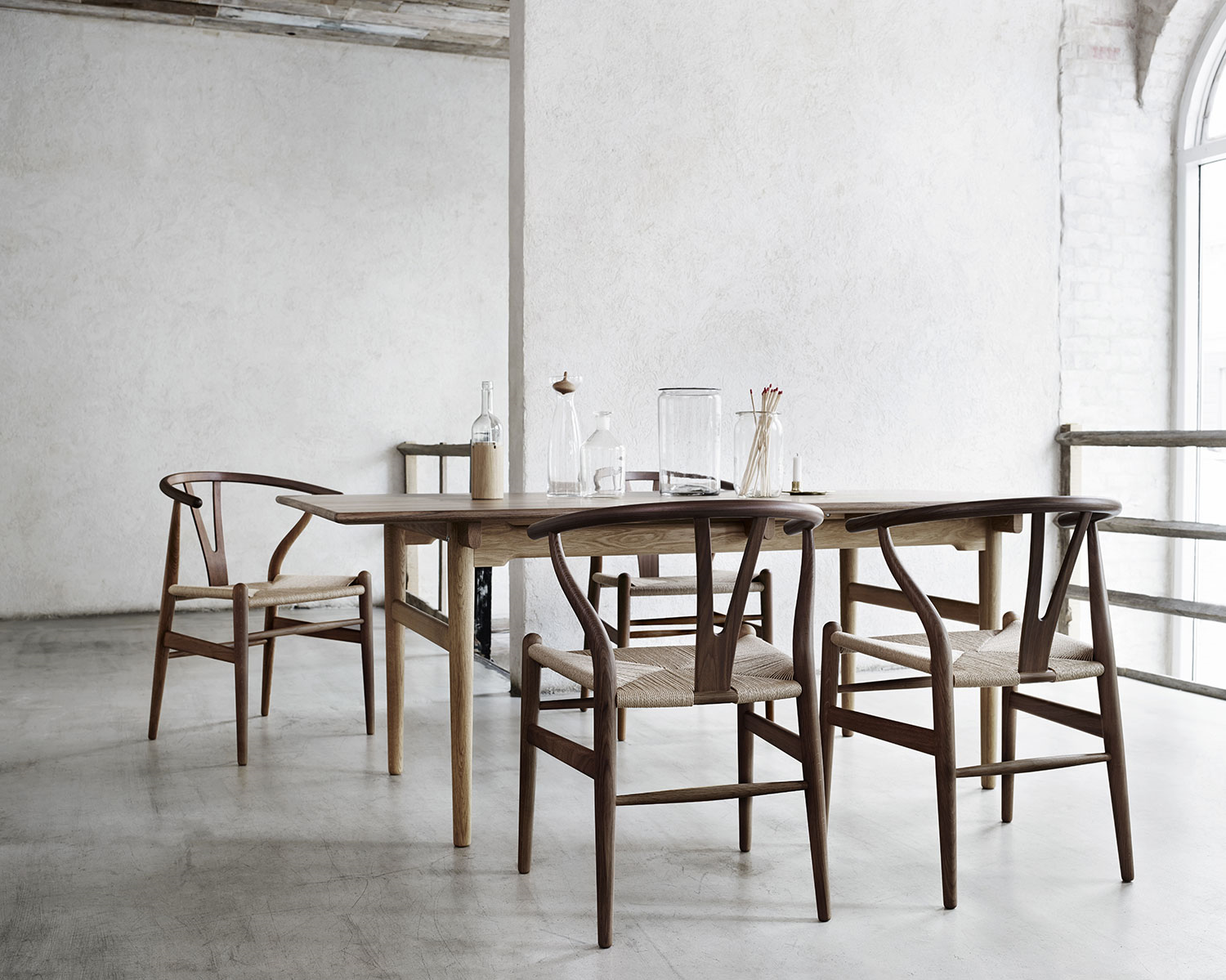 Carl Hansen & Søn’s alliance with Hans J. Wegner began in 1949 and resulted in the production of a wide range of Wegner designs,
Carl Hansen & Søn’s alliance with Hans J. Wegner began in 1949 and resulted in the production of a wide range of Wegner designs,
including the Wishbone chair (pictured above)
Records suggest that China had been exporting these types of chairs as early as the 17th century. Since then, they have been both appreciated and emulated by leading European designers.
The most important examples of this are the ‘China’ chair (produced by Fritz Hansen) and the ‘Wishbone’ chair (produced by Carl Hansen & Søn), both created by Danish master Hans J Wegner in the 1940s. Many believe that Wegner’s inspiration came from an antiquity in the collection of the Danish Museum of Industrial Arts.
Taking its cues from the freedom of movement that it allowed its users, Wegner’s modern interpretation of ancient Chinese chairs represents both his passion and knowledge of the culture and the pinnacle of Danish craftsmanship at that time. The two designs went on to become Wegner’s most globally successful works and helped to define the essence of Danish as well as modern design.
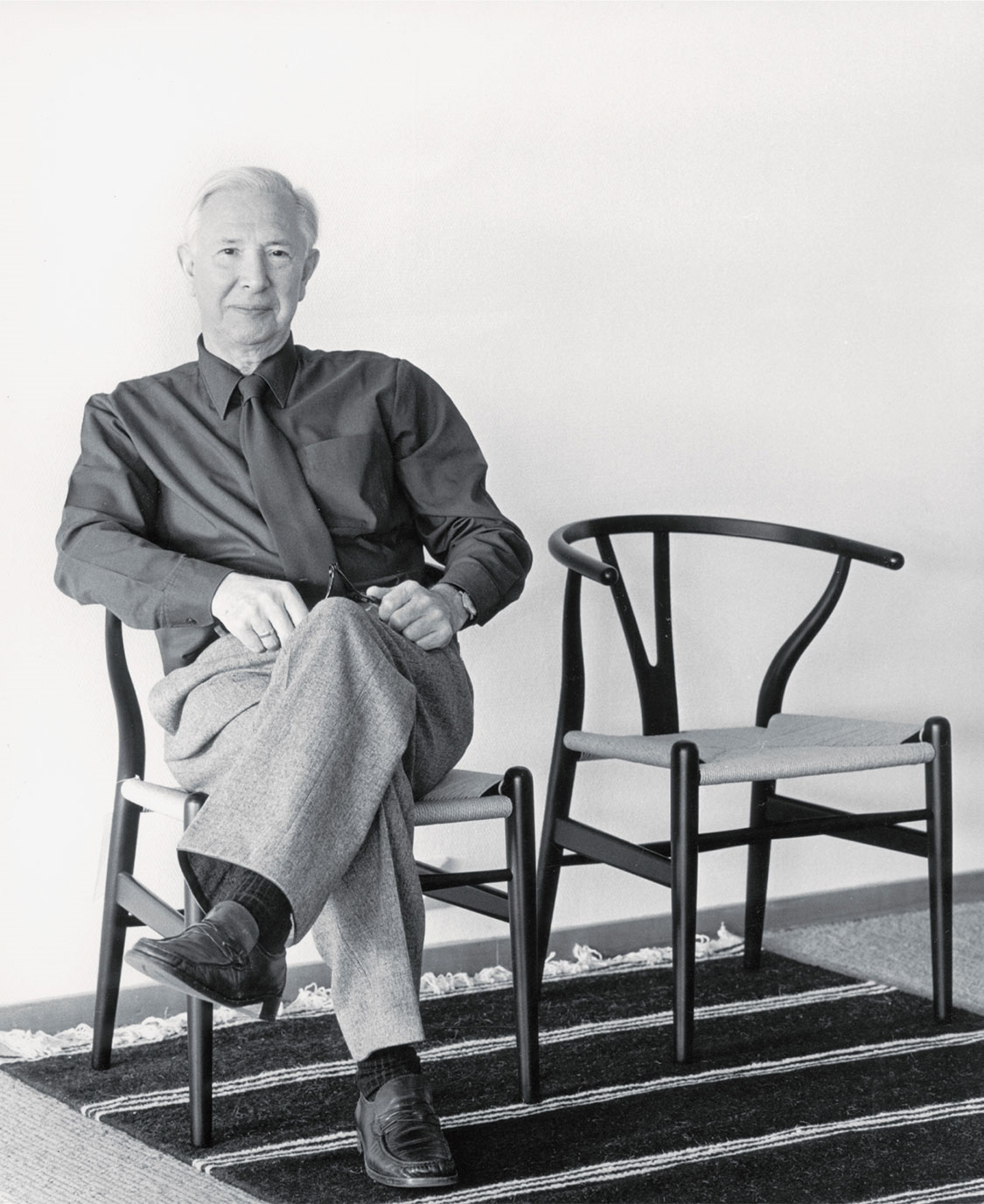 Hans J. Wegner designed a series inspired by Chinese chairs from the Ming dynasty. One of these chairs, the Wishbone Chair,
Hans J. Wegner designed a series inspired by Chinese chairs from the Ming dynasty. One of these chairs, the Wishbone Chair,
produced by Carl Hansen & Søn since 1950, went on to become Wegner's most successful design of all time
More recently, in 2016, German designer Konstantin Grcic launched the Mingx chair collection with the Italian producer Driade. ‘What I find so compelling about ancient Chinese furniture is the combination of structural logic and formal beauty,’ says Grcic. ‘The Mingx collection of chairs is inspired by the Ming style, but the transition from wood to tubular steel has opened up a contemporary, industrial and, admittedly, European interpretation of the classical theme.
‘Chinese design has been a great inspiration... When I started the concept I wanted to create a design that really pays homage to the culture’ — Konstantin Grcic

Konstantin Grcic launched the Mingx chair collection with the Italian producer Driade,
the seats are intentionally designed to evoke the archetypical structure of an ancient Chinese chair
‘For me, Chinese design has been a great inspiration. It would be terrible to make a mess of it by being superficial and just picking things out at random. When I started the concept I wanted to create a design that really pays homage to the culture,’ continues Grcic, who set out to create ‘a kind of a logic’ for tubular steel based on that of the Chinese heritage, where the chair has an interesting triangulation between the seat platform and the legs.
‘I took that idea and turned it into a piece of sheet steel, laser cut and bent, and it fulfilled the same function both structurally and in its beautiful design detail. I think in both designs, there is an economy of how a chair is made, using as little material as possible, to do as much as possible.’
As a result, the designer settled on the thin diameter metal tube creating the classical outline with a more fluent and airier silhouette, while the laser-cut, folded sheet steel seat frame holds the entire structure together – a perfect amalgamation of Bauhaus methodology and Chinese philosophy.
Chinese designers are also continuing to explore the ancient forgotten Chinese typologies, crafts and historic decorative arts to offer a fresh look at the culture. A crisp, contemporary twist on traditional Chinese furniture, the result is often an eclectic mix of Asian culture and Western functionality.
‘The aim is to illustrate Ming style as well as the Chinese culture in a way that the world can understand,’ Taipei-based architect and designer Shi-Chieh Lu says. His ‘Ming’s Heart’ chair design for the Italian producer Poltrona Frau goes straight to the core of two worlds – ‘two visions, two philosophies of life’.
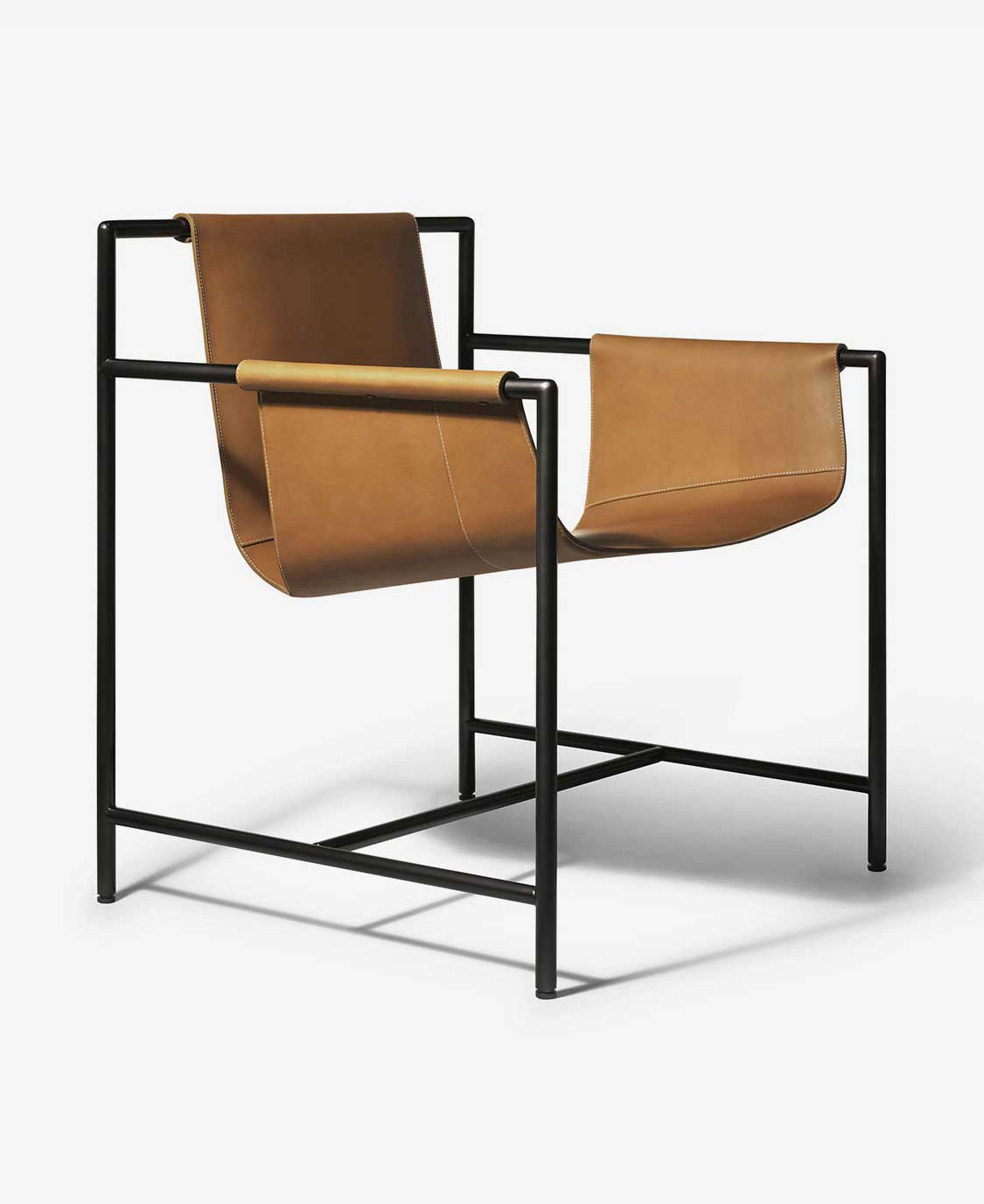 Taipei-based architect and designer Shi-Chieh designed the ‘Ming’s Heart’ chair for the Italian producer Poltrona Frau
Taipei-based architect and designer Shi-Chieh designed the ‘Ming’s Heart’ chair for the Italian producer Poltrona Frau
Shanghai-based duo Neri & Hu also created their own version of the Ming chair for Stellar Works in 2012. ‘It is very important for us to continue rethinking and re-evaluating the history where we came from and we would love the world to have this experience as well,’ says Lyndon Neri.
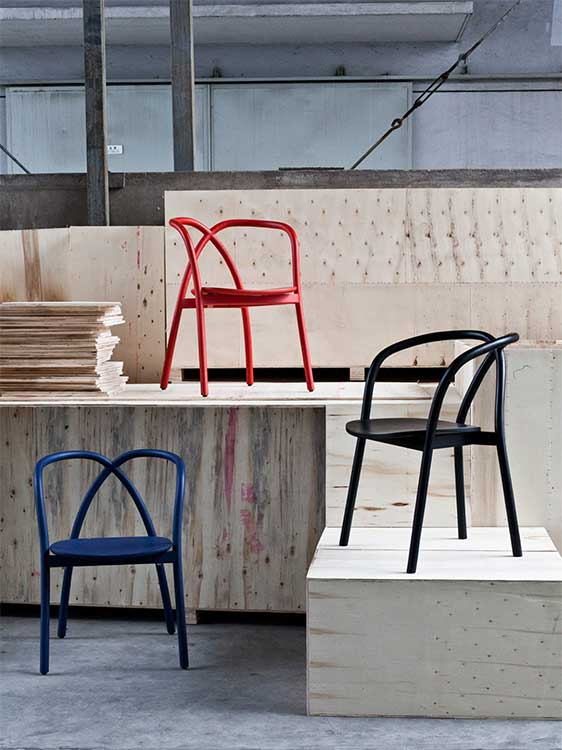 Neri & Hu created the The Ming collection for Stellar Works in 2012
Neri & Hu created the The Ming collection for Stellar Works in 2012
(Source:wallpaper.com)














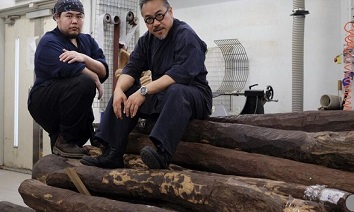













 沪公网安备31010402003309号
沪公网安备31010402003309号